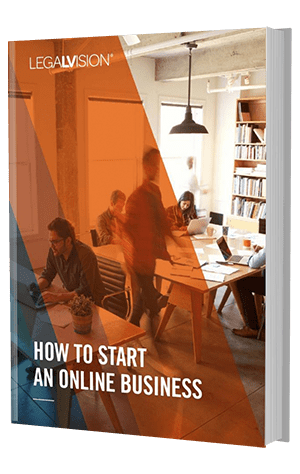Table of Contents
The nature of the Software as a Service (SaaS) model allows you full remote access to the SaaS. This enables you to improve the SaaS constantly, add new features or respond to issues or defects that may arise. This ability to rapidly update and respond to customer needs is an excellent selling point rather than your customers having to purchase a new hard copy of the software, as traditional models would have demanded. However, some challenges are associated with hosting SaaS online or incorporating third parties into your SaaS model. An expected side effect of the SaaS model is that there may be outages or defects arising from your SaaS or the third parties it incorporates or even where designs become obsolete in light of new developments. Here, you may choose to address this issue through a service level agreement. This article will explore the challenges and opportunities and the best way to communicate with clients about updates, supports and defects in your SaaS.
Service Levels
Many SaaS providers choose to respond by way of service levels. Service levels are promises you make to customers about the level of service they can expect from your SaaS. They are often codified in a Service Level Agreement (SLA) and form part of your customer contract. Your SLA will specify how customers can inform you about an issue and what you will do to respond.
You may offer customers a service credit if you do not fulfil the promises you make to customers.
Depending on how you provide your SaaS or what is realistic for your company, you can offer promises in your SLA based on different factors. We will discuss the most common offerings, which are:
- fix time;
- response time; and
- availability.
Fix Time
This form of SLA will set out the targets you aim to reach when fixing an issue with the SaaS. In addition, it will show customers how long it will take before something is fixed (i.e. 3 hours, 8 hours, 24 hours).
This form of SLA can be volatile and hard to guarantee. Often, when seeking to fix one problem, it unearths several others. Consequently, this can unexpectedly push fix times far past your projected timelines, which would put you in breach of the SLA. Instead, we suggest you move forward with an SLA based on either response times or availability.
Response Time
This option for SLAs is a much more manageable target. Instead of making promises about when you will resolve issues, you only guarantee when you begin your response to the issue. Creating priorities for your responses is advisable, as some issues will be critical while others are merely cosmetic.
As part of your offering, you may provide a potential resolution time. However, with some clear drafting, you can clarify that these resolution times are indicative only, and the response time forms the body of your promise to customers.
Your response times will also be altered by issues arising outside your normal business hours. Therefore, it is important to clarify how you will manage these issues and when you calculate the available time.
Availability
The final popular form of SLA is based on availability or uptime. For instance, you will outline that you expect your SaaS to be available 99% of the time or whatever you set as your availability target. If you fail to meet this target, your customers can claim a service credit.
Managing Expectations
Offering Service Levels and Service Credits may seem like an arrangement that benefits your customers more than you. However, not only does it present an important customer-facing image, but it also manages expectations through clear drafting of your SLA.
Excluded Events and Limitations
One way to do this is to make it clear when your service levels are not in effect. You should always exclude certain events, such as:
- where failures are caused entirely by third-party inputs;
- where events outside of your control take place;
- modifications you have not authorised affect the service; or
- the customer contributes to the failure.
Your SLA will define an excluded event and how it limits a customer’s ability to claim credits. This will also reduce liability for you and make your offering commercially balanced.
Contractual Commitments
It is unrealistic for customers to assume that any product will be defect free. In light of this, not only will your SLA contain disclaimers and limitations, but so too should your contract. Your SaaS terms should clarify that service levels are integrated by way of an SLA. Furthermore, ensure that you do not promise constant availability, issue-free use or failures caused by third parties.

It’s now easier than ever to start a business online. But growing and sustaining an online business requires a great deal of attention and planning.
This How to Start an Online Business Manual covers all the essential topics you need to know about starting your online business.
The publication also includes eight case studies featuring leading Australian businesses and online influencers.
Key Takeaways
Overall, changes to your SaaS, both good and bad, are a natural part of the business model you have taken on. With clear drafting, realistic targets and managed expectations, you can make clients happy by offering credits and updates while protecting your business in the face of expected challenges.
If you need help with your SaaS, our experienced commercial contract lawyers can assist as part of our LegalVision membership. For a low monthly fee, you will have unlimited access to lawyers to answer your questions and draft and review your documents. Call us today on 1300 544 755 or visit our membership page.
Frequently Asked Questions
Service levels are promises you make to customers about the level of service they can expect from your SaaS. They are often codified in a Service Level Agreement (SLA) and form part of your customer contract. Your SLA will spell out exactly how customers can tell you about an issue and what you will do to respond.
Service credit is an offset from the service fees paid by a customer, credited to them as a result of ongoing failures in the SaaS. Your SLA will need to clarify under what circumstances this credit will be owed and how customers can request to have it offset against their fees.
We appreciate your feedback – your submission has been successfully received.











